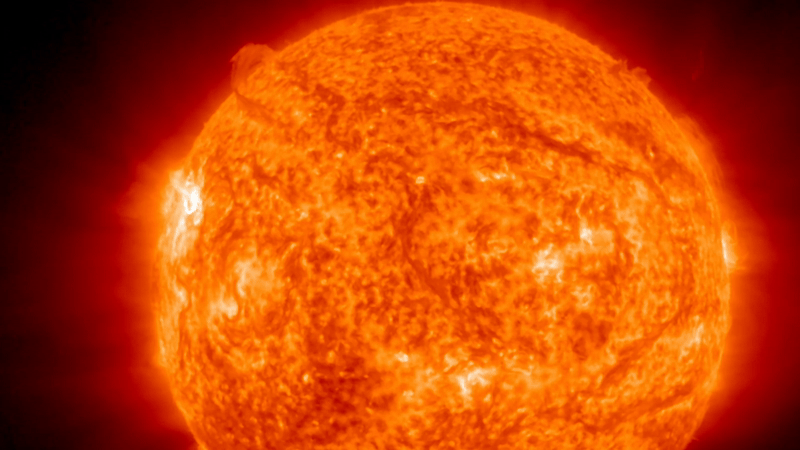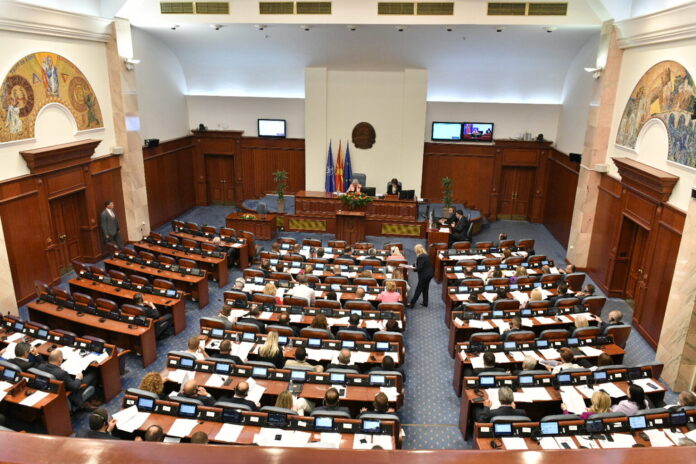Strong solar flare caused communications holidays in Europe

The sun broke out on Wednesday with the strongest radiation burst recorded since the beginning of the year.
The solar flare that culminated at 11.25 am Greece (image above) caused a radio communication holiday in Europe, the Middle East and Asia, the part of the planet that was exposed to sunlight at that time.
Solar flashes are electromagnetic radiation emissions caused by magnetic disorders on the surface of the sun and travel through space at speed.
Depending on their power, the flashes are classified in categories A, B, C, M and X, with each level corresponding to an increase in energy by 10 times.
An X2.7 Flare was Observed at 14/0825 UTC from Region 4087. This Region has recently become Active and also Produced an M5.3 Flare at 14/0325 UTC. pic.twitter.com/C3ike46vps
– Noaa Space Weather Prediction Center (@nwsswpc) May 14, 2025
Wednesday’s flash was ranked in category X.27, which means it was on the lower limit of the most powerful flashes.
The flashes are recorded on average at least once a week, but the outbreaks of this power « are not frequent » said the US Ocean and Atmospheric Space Agency (NOAA).
Wednesday’s flash as recorded by the American satellite Goes 19 (Noaa)
Ultraviolet radiation and X-rays of flashes cause disorders in the ionosphere, the atmosphere layer at 50-100 kilometers and plays an important role in radio communications. As a result, the signal fades or is lost.
It remains unclear so far whether Wednesday’s flare has been accompanied by « coronary mammals », or CME, explosions on the surface of the sun launching giant quantities of particles, mainly proton and electrons.

Earlier flare as recorded at different wavelengths from NASA’s SODO Observatory (SDO) (Source: NASA/SDO/GODDARD SPACE FLIGHT CENTER)
In rare cases, CMEs can cause power outages due to the creation of induction currents in the grid. They also threaten satellites and astronauts in orbit around the Earth.
The last flare, as well as a less powerful recorded on Tuesday, came from the active AR4087 area where sun spots were observed.
As the Sun rotates, the AR4087 area will turn back in the coming days to the Earth’s side, so the possibility of new flashes is likely.






/s3/static.nrc.nl/wp-content/uploads/2025/05/14223947/web-1405SPOereAjax2.jpg)

